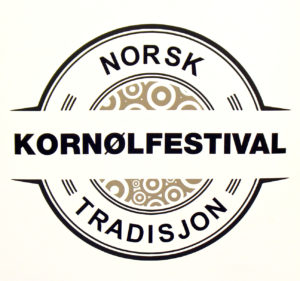 In Hornindal, in beautiful remotest Western Norway, if you tried to explain to the locals the fuss being made about cloudy New England IPAs, they would laugh, or look bemused. There are around a hundred or so people in the area who make beer, in a tradition going back hundreds of years. All of it is cloudy, and it likely always has been. This is partly, probably, because Hornindal is one of the centres of “raw ale”, rå øl in Norwegian, where the wort stays unboiled before fermentation. That is far from the only difference between what is called locally kornøl, literally “grain ale” (to differentiate it from other farmhouse brews such as birch sap beer – bjørkesevjeøl – or beer made just from sugar). All the beers are made with water that has had juniper branches boiled in it (but never the berries – too bitter). Hops are used lightly, if at all: a small bag of hops will be hung in the vessel that collects the wort. Perhaps most importantly, the yeast, known as kveik (a word that goes back to Old Norse kvikur, and seems to be related to the English word “quick” in the sense “alive”), will have been collected and dried from previous brews, and will give flavours quite unlike those from yeasts used by “mainstream” brewers. These are beers that push out the boundaries of the ale experience.
In Hornindal, in beautiful remotest Western Norway, if you tried to explain to the locals the fuss being made about cloudy New England IPAs, they would laugh, or look bemused. There are around a hundred or so people in the area who make beer, in a tradition going back hundreds of years. All of it is cloudy, and it likely always has been. This is partly, probably, because Hornindal is one of the centres of “raw ale”, rå øl in Norwegian, where the wort stays unboiled before fermentation. That is far from the only difference between what is called locally kornøl, literally “grain ale” (to differentiate it from other farmhouse brews such as birch sap beer – bjørkesevjeøl – or beer made just from sugar). All the beers are made with water that has had juniper branches boiled in it (but never the berries – too bitter). Hops are used lightly, if at all: a small bag of hops will be hung in the vessel that collects the wort. Perhaps most importantly, the yeast, known as kveik (a word that goes back to Old Norse kvikur, and seems to be related to the English word “quick” in the sense “alive”), will have been collected and dried from previous brews, and will give flavours quite unlike those from yeasts used by “mainstream” brewers. These are beers that push out the boundaries of the ale experience.
Now the rural brewing traditions of Norway are becoming more widely known, thanks in considerable part to the hard work of Lars Marius Garshol, whose writings have made him the Michael Jackson of gårdsøl (“farm ale”). Yeast companies are studying, and selling, kveik yeast, and commercial brewers in Norway are starting to make gårdsøl-style ales. The movement now has its own shop window, the Norsk Kornøl Festival in Hornindal, which has just been held for the second time, and I was privileged and honoured to be invited by the organisers to come and report on the event.
Hornindal is not a simple destination if you’re leaving from West London: one plane to the giant shopping mall with airport attached that is Amsterdam’s Schiphol, then another plane 700 miles north to Ålesond, a town on the west coast of Norway about level with the Faroes. After that it’s a further hour and a half to cover a distance of just over 30 miles as the Norwegian kråke flies, but double that by road and ferry, even with the multiple kilometres-long tunnels that have been drilled through the mountains and under the fjords by North Sea oil income. The scenery, however, is spectacular, and Hornindal itself is stunning: it sits at the top of the 14-mile-long Hornindalvatnet, the deepest lake in Europe, with the surrounding mountains going up to over 4,600 feet.
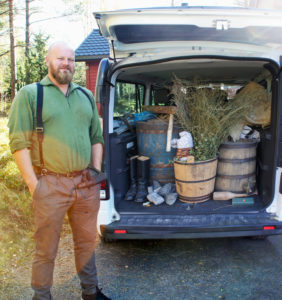
The two-day kornøl festival is held in the sports hall attached to the school in the village of Grodås, a substantial building which also looks to have benefited from North Sea oil cash. Last year, its first, the festival saw ten home brewers handing out their brews, three commercial brewers and around 450 visitors. (Since Grodås has a population of only some 350, this was, in local terms, hordes.) This year, home brewer number were up to more than two dozen, there were 11 commercial brewers represented, and 600 visitors turned up, from as far away as Canada, Denmark, Poland, the UK and Lithuania.
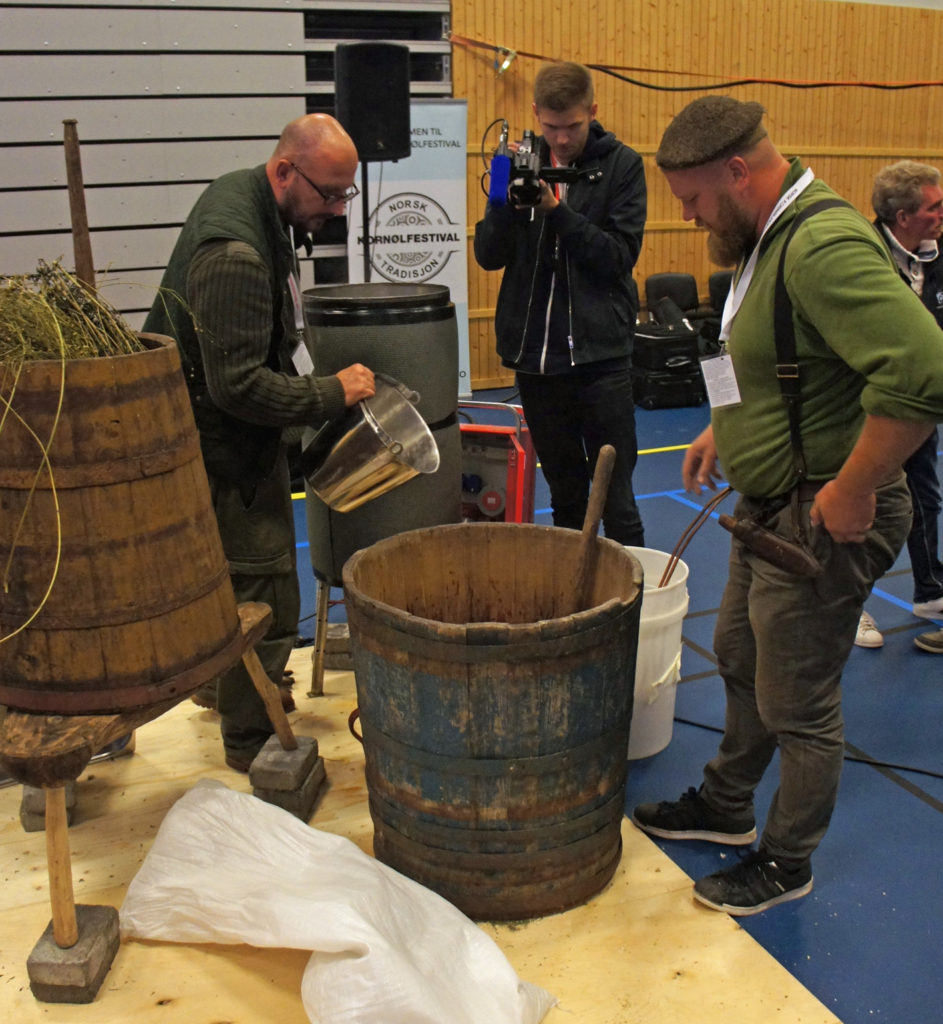
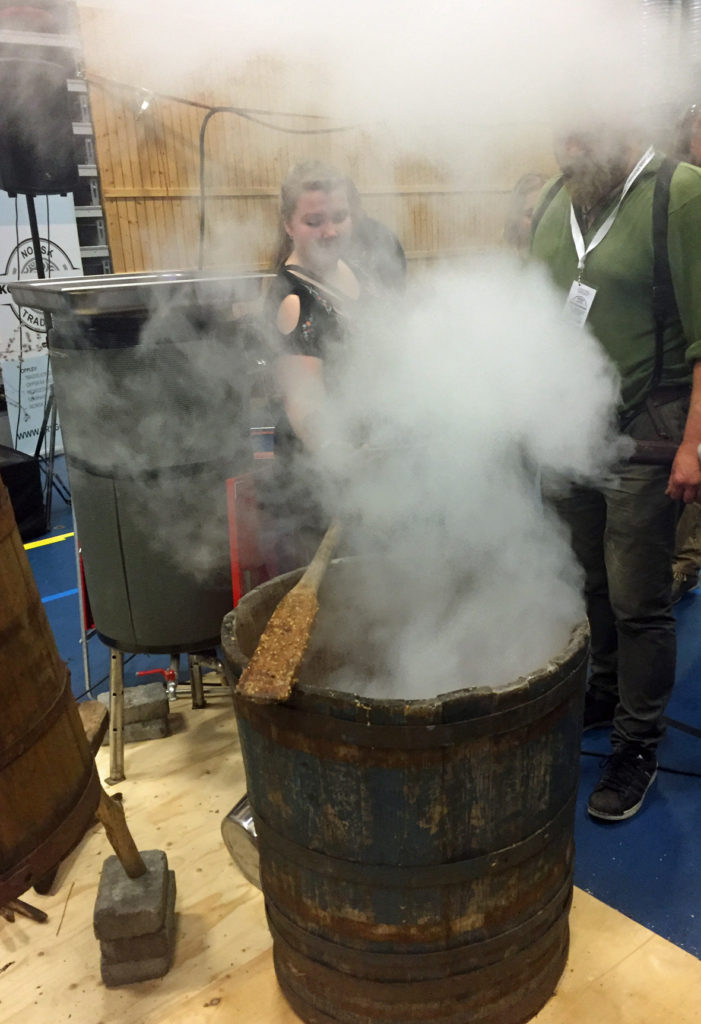
The Lithuanians brought their own brewery with them, in the back of a van, and put on a demonstration in the hall of Lithuanian-style farm brewing, including mashing with hot rocks, (filling the air with steam and gorgeous smells) and brewing with a super-fast yeast that produced a drinkable 5.2 per cent abv beer in 15 hours. Go back and read that again: 15 hours from raw wort to drinkable beer. It was still warm as cow’s milk when we tried it the next day, orange and cloudy, slightly tart, but delicious. The Norwegians boggled. The Poles boggled. I boggled. Canadian yeast scientist Richard Preiss, who had flown in from Ontario to give a talk at the festival on kveik and collect more samples of same for his company, Escarpment Laboratories, itched to get that yeast-monster back to the lab.

The beer I was most thrilled to drink wasn’t from Lithuania, though, or Hornindal, but Stjordal, near Trondheim, about 175 miles to the north-west. Home malting is still common around Stjordal, with an estimated 200 maltsters in the district, and Stjordal represents one of the three major centres, with Hornindal and Voss, about 100 miles to the south, of farm brewing still remaining. Håvard Beitland brews on a farm that has been in his family since the early 1800s, growing his own barley, malting it himself and them smoking it, using locally cut alder wood, in the farm’s smokehouse, which is several hundred years old and is also used to smoke elk meat, venison and salmon (The ashes from the maltings fire are used to make lutefisk.). His beer is brewed with 80 per cent smoked malt, 20 per cent pale malt, a standard lager yeast from the EC Dahls brewery (a Carlsberg subsidiary) in Trondheim – and nothing else, no hops, no herbs, no outside flavourings. This is an ale in exactly the sense that an English brewer of the 13th century would recognise, a survivor from 800 years ago. It was dark, delicious and far from the sweet mess some have speculated pre-hop herbless ales must have been: there was sweetness in the background, but also a tannic dryness, probably from the husks of the grain, and, of course, the smokiness, just the same smokiness that medieval ale brewers would have had, since wood-dried malt was pretty universal.
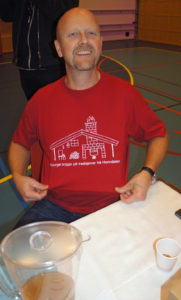
Hornindal home brewers do not, generally, do their own malting, preferring to use whatever malt they can buy – usually pale malt. It has been suggested that this preference for pale over dark is because in the past, Hornindal farmers would have sun-dried their malt, which can only result in pale grain. They also use hops, though unboiled: Terje Raftevold, a teacher from Hornindal who was one of the home brewers at the festival, made his raw ale in a typical local fashion, having been taught how to brew by his uncle, who ran a small sheep farm. Today he makes beer for weddings, and at Christmas. For the brew he took to the festival, he used half lager malt and half pale malt, boiling up his mash water with juniper branches (einer log in Norwegian), then mashing, and afterwards running the wort into a can in which was suspended a bag containing a small amount of Hallertau and Northern Brewer hops. Many of the home brewers were using Cornelius kegs (should that be Kornølius?) to serve their beers. Terje had his in a jug, and complained it was under-conditioned, but to my cask ale attuned palate it was almost perfect – though, as was universal, far cloudier than any acceptable cask ale would be.
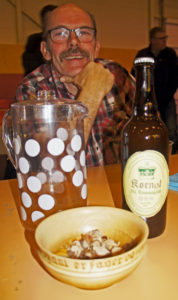
Another local farm brewer, Lars Andreas Tomasgård, uses pilsner malt and 200 grams of East Kent Goldings boiled up in a small amount of wort to make his raw ale, with the fermentation done with kveik yeast his grandfather had acquired from a neighbour in 1959. The brewing equipment at his farm, Lars-tunet, is “older than me, and I’m 55,” he says. The resultant ale is, again, cloudy and tart, but excellent, with the lemony, slightly astringent result that comes from boiling juniper branches in the mash water.
Torkjel Austad, in his 30s, from Setesdal, 200 miles away to the south, had learnt to brew three or four years ago from a Setesdal brewer, and made a boiled ale with pale ale, pilsner, smoked and caramalt malts, “half a shopping bag” of mountain juniper in the mash water and a small amount of Saaz hops in the mash and in the subsequent boil. That boil took two to three hours, during which time the volume of the wort reduced 30 per cent. The result was a beer with an abv of 10 per cent, and dangerous drinkability.
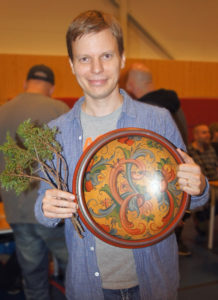
It was fascinating to discover, going round the tables where the home brewers sat, how easy it was to spot the raw ales: they all had a roundness on the tongue, a fullness, that the boiled ales did not. Lars Marius Garshol has suggested that Norwegian farm brewers accept a lower extraction rate than commercial brewers would seek because they believe they are getting better flavours, and around Stjordal they sometimes use a percentage of unmilled grain. Jørund Geving, who, with his brother Reimund won the overall competition at the festival, gave a demonstration on the second day of the festival of mashing in a converted washing machine, using 100 per cent unmilled, whole smoked malt grains, to show that it could be done, though he was pouring the wort back in to the washing machine mashtun to improve his extraction rate per litre of wort, I noticed. Few if any Norwegian farm brewers use thermometers, hydrometers or any other sort of instrument to aid their brewing, except for a clock, but the festival organiser, William Holden, suggests the strike temperature in the mash tun is normally around 75-80C, and it drops to 68, sometimes to 65, “but the mash holds temperature good. Then they drain very slow: 25 litres per hour out of the mashing tun.” According to Lars Marius, Jørund uses one litre of malt for 2.25 litres of beer, and he thinks the result is around 7 per cent to 8 per cent abv. (While Jørund was mashing, Reimund was outside demonstrating how to dry malt with a wooden fire – see the pictures.)
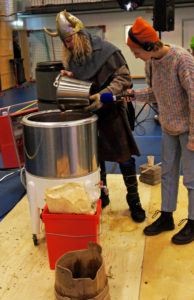
It was also remarkable just how flavour-filled some of the beers brewed with kveik could be, solely from the yeast. Odd Stian Botnen and Even Standal, two young home brewers from Ørsta, 20 miles to the north of Hornindal “through the tunnel” (yes, Odd and Even, I know, but those really were their names) had turned up with a “mørk rå øl” (dark raw ale) made with Lida kveik, a strain from Hornindal that dates back to at least 1980. It was tremendously fruity, with cherry among the chocolate, though there was a slight hint of vinegary acidity. Festival organiser William Holden also entered one of his own beers for the judging, using Ebbegarden kveik yeast from Stordal and came third, with the judges calling his drink “a fruitbomb … Like a New England IPA, but with fruit from the yeast instead of from the hops.”
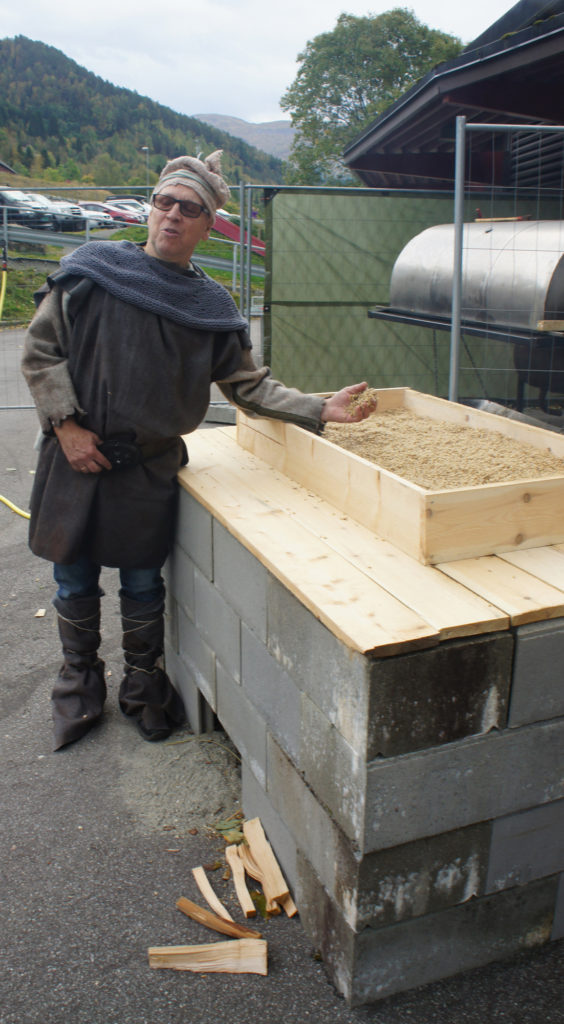
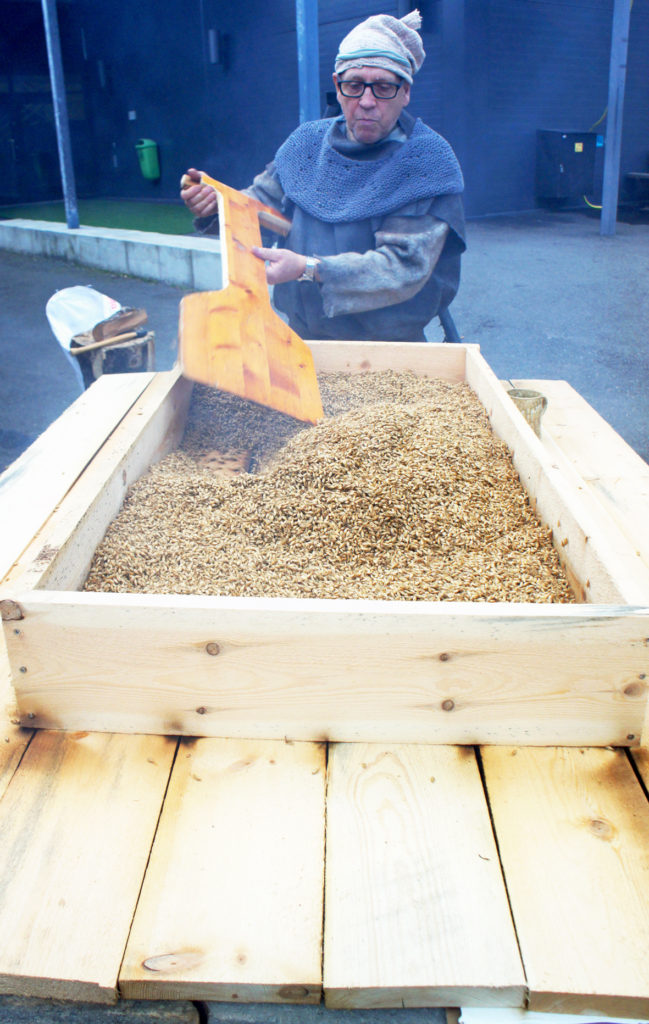
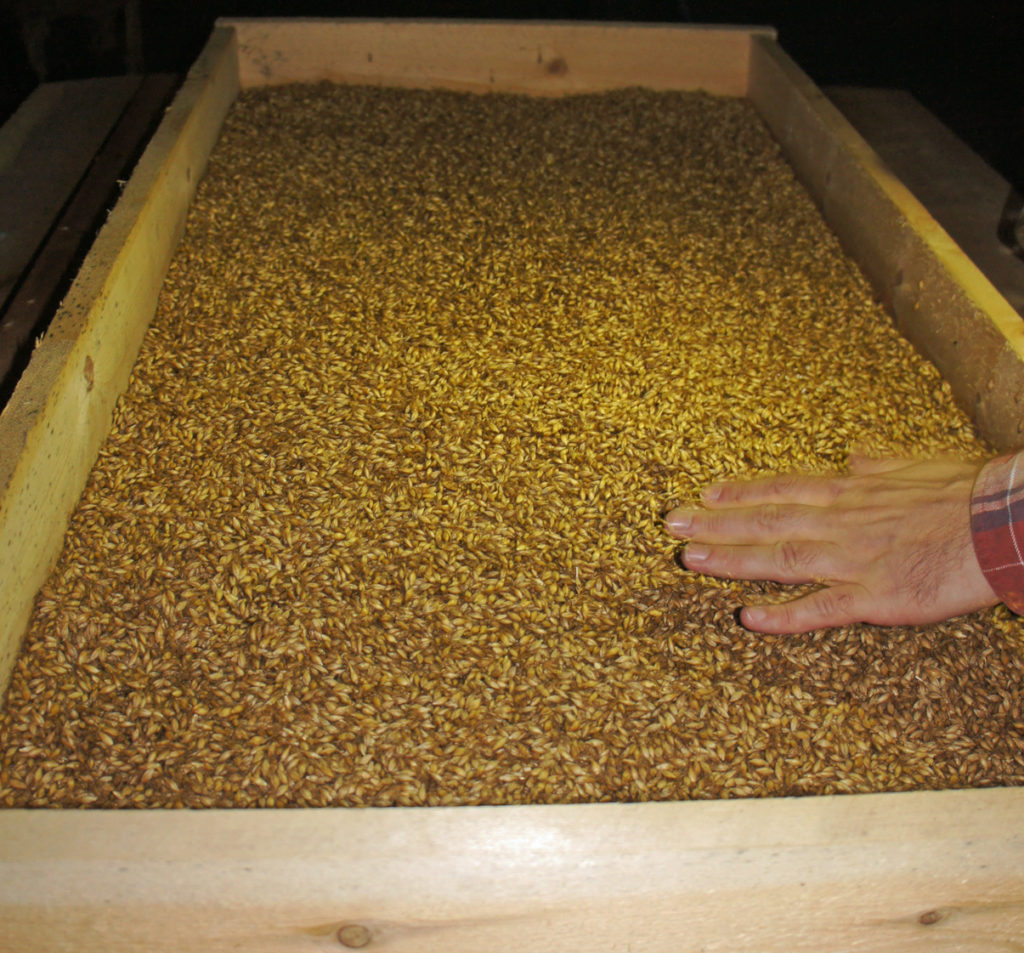
Norwegian licensing law meant the commercial brewers could not sell their beers at the same time that the home brewers were giving their away, so the curtains had to come down, literally, on the home brewers before we could try the professionals’ take on kornøl. The Geiranger brewery, from the village of the same name near Ålesund, had a lovely hop-free ale flavoured with yarrow, calld Vesterås, after a local farm, which was meaty, tart and citrussy. Nøgne Ø, the formerly independent Norwegian craft brewer had four different farmbrew-influencd beers: Norsk Høst, or Norwegian Autumn, a gårdsøl with sweet gale and spruce tips, fermented with yeast collected from Sigmund Gjernes of Voss; Raw, a “Hornindal rå øl” with kveik yeast from Terje Raftevold, the teacher from Hornindal; Brisk, a “Norwegian black IPA with juniper”, again with Sigmund Gjernes’s yeast; and XXX, a “Norwegian tripel with orange”, once more with Sigmund Gjernes’s yeast. Among noteworthy drinks from other producers were an ale flavoured with meadowsweet and a mead fermented with kveik, which leapt a not very high barrier to be the best mead I’ve drunk.
T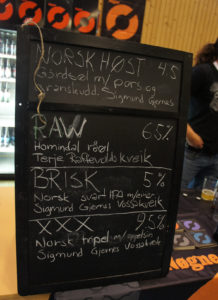 alking of drunk, I probably was by this time, so I’m not sure if I really had a conversation at the festival with someone from the senior management at Vinmonopolet, the Norwegian state alcohol buying monopoly, or I dreamt it. But if I did, it appeares he is a fan of my books, and also a fan of widening the choice of beers in Vinmonopolet outlets to include commercial examples of gårdsøl, and persuading people like Nøgne Ø to brew them. With that, and people like Richard Preiss promoting kveik yeast, it looks like the traditions of West Norway’s kornøl brewers are about to get a great deal better known.
alking of drunk, I probably was by this time, so I’m not sure if I really had a conversation at the festival with someone from the senior management at Vinmonopolet, the Norwegian state alcohol buying monopoly, or I dreamt it. But if I did, it appeares he is a fan of my books, and also a fan of widening the choice of beers in Vinmonopolet outlets to include commercial examples of gårdsøl, and persuading people like Nøgne Ø to brew them. With that, and people like Richard Preiss promoting kveik yeast, it looks like the traditions of West Norway’s kornøl brewers are about to get a great deal better known.
My tremendous thanks to William Holden and Lars Marius Garshol for inviting me out: it was huge.
Next: a closer look at kveik
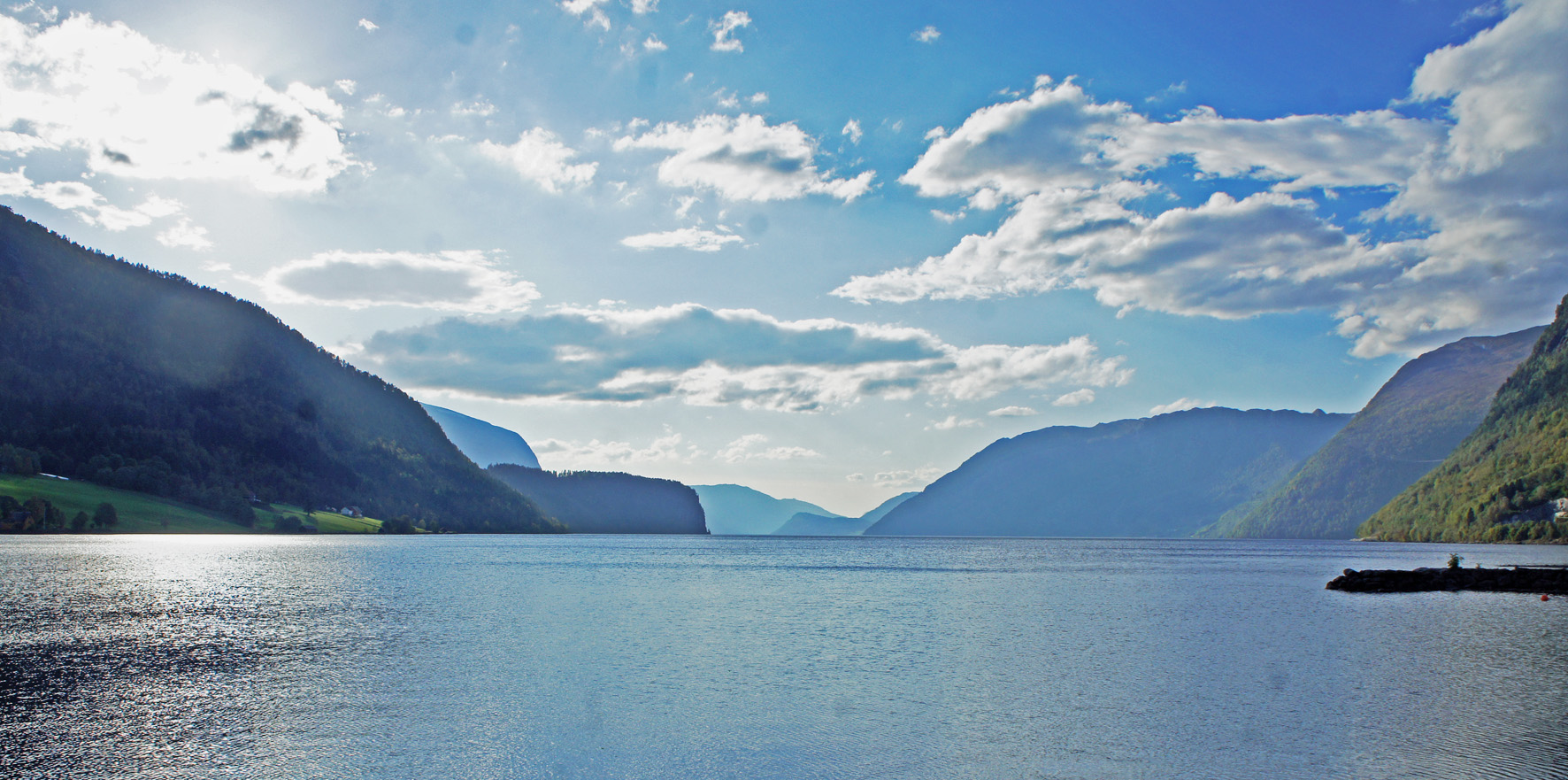

Bonus point for the post title!
Happy to hear you enjoyed the festival!
And you probably didn’t imagine the conversation, because two of the product managers for the wine monopoly were there. And they really did put Norwegian farmhouse ale with kveik on the wine monopoly launch plan for this spring.
Thank you for a great article, and it was nice to meet you at the festival.
P.S. I’m not gonna ask you to change 20’s to 30’s – it made me feel 10 years younger! 😉
Thank you for å good article , and i hope too see you next year too ❤
Great article!
I will visit next year, this is heaven for yeastohiles 🙂
[…] as Martyn Cornell observed, it’s obviously related to the English “quick”. Which an English etymological […]
[…] From there we were able to expand the event. The next two years we invited Simonas Gutautas (with friends) from Lithuania to demonstrate brewing of true traditional stone beer (2017), then keptinis (2018). Showing baking of the mash in the oven was, if I may say so myself, a quite spectacular sight. We also flew in Richard Preiss to talk about his kveik research, and Martyn Cornell to write about the festival. […]